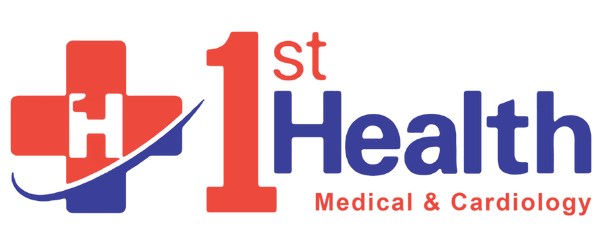Blood Pressure Monitoring: Understanding Your Numbers for Optimal Health

Blood Pressure Monitoring
Blood pressure monitoring is a crucial aspect of maintaining good cardiovascular health. It’s a simple yet powerful tool that allows you to track your blood pressure readings and identify any potential problems early on. This comprehensive guide will equip you with the knowledge and resources to proactively manage your heart health.
Why is Blood Pressure Monitoring Important?
Blood pressure is the force exerted by blood against the walls of your arteries as your heart pumps. It’s measured in two values:
- Systolic pressure: The pressure when your heart contracts and pushes blood throughout your body.
- Diastolic pressure: The pressure when your heart relaxes between beats.
Healthy blood pressure readings are typically below 120/80 mmHg (millimeters of mercury). However, these numbers can vary slightly depending on your age and overall health.
Chronically high blood pressure, also known as hypertension, is a significant risk factor for various cardiovascular diseases, including:
- Heart attack
- Stroke
- Heart failure
- Kidney disease
Early detection and management of high blood pressure are essential for preventing these complications. Blood pressure monitoring empowers you to:
- Become aware of your baseline blood pressure: Knowing your typical blood pressure readings allows for easier identification of any concerning fluctuations.
- Track the effectiveness of medications: If you’re taking medication for high blood pressure, regular monitoring helps assess if the medication is effectively controlling your blood pressure.
- Motivate lifestyle changes: Monitoring your blood pressure can be a powerful motivator to adopt healthy habits like a balanced diet and regular exercise, which can positively impact your blood pressure.
Different Methods of Monitoring
There are two primary methods for monitoring blood pressure:
In-office Blood Pressure Measurement: This is the traditional method where a healthcare professional measures your blood pressure using a sphygmomanometer (a blood pressure cuff) and stethoscope. This method offers the highest level of accuracy, but it doesn’t provide a comprehensive picture of your blood pressure throughout the day.
Home Blood Pressure Monitoring: This method allows you to measure your blood pressure at home using a home blood pressure monitor. There are two main types of home blood pressure monitors:
- Upper arm monitors: These wrap around the upper arm and are generally considered more accurate than wrist monitors.
- Wrist monitors: These are convenient and portable but may be less accurate than upper arm monitors, especially for people with certain medical conditions.
Home blood pressure monitoring offers several advantages:
- Convenience: You can measure your blood pressure at your own time and comfort level.
- Frequency: You can track your blood pressure more frequently than during occasional doctor visits, providing a more comprehensive picture of your blood pressure patterns.
- Empowerment: Home monitoring allows you to take a proactive role in managing your heart health.
How to Perform Accurate Monitoring at Home
Here are some essential tips for accurate home blood pressure monitoring:
- Choose the right monitor: Select a validated upper arm monitor that fits your arm circumference properly.
- Read the instructions carefully: Each monitor has specific instructions for use. Ensure you understand the proper cuff placement, body posture, and measurement technique.
- Create a routine: Measure your blood pressure at similar times each day, ideally before meals and medication intake.
- Relax before measurement: Avoid strenuous activity, smoking, or caffeine consumption for at least 30 minutes before taking a reading.
- Empty your bladder: A full bladder can slightly elevate your blood pressure reading.
- Sit comfortably with your back supported: Rest your arm on a flat surface at heart level.
- Take multiple readings: It’s advisable to take two or three readings at each session, with a minute or two in between, and record the average.
Interpreting Your Blood Pressure Readings
Understanding your blood pressure readings is crucial. Here’s a general guide based on the American Heart Association (AHA) classifications:
- Normal: Less than 120/80 mmHg
- Elevated: Systolic pressure between 120-129 mmHg and diastolic pressure less than 80 mmHg
- Stage 1 Hypertension: Systolic pressure between 130-139 mmHg or diastolic pressure between 80-89 mmHg
- Stage 2 Hypertension: Systolic pressure at least 140 mmHg or diastolic pressure at least 90 mmHg
- Hypertensive Crisis: Systolic pressure exceeding 180 mmHg or diastolic pressure exceeding 120 mmHg (requires immediate medical attention)
Take Action Now
Don’t wait to take control of your health. If you are concerned about your blood pressure, or need us to monitor it, contact 1st Health Medical & Cardiology now.
Schedule an appointment today.
